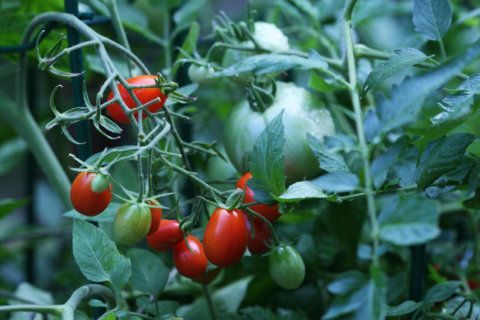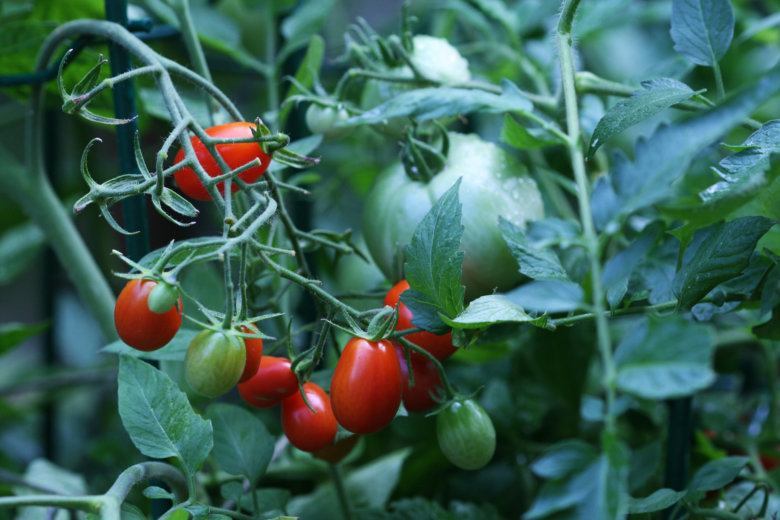
It’s the time of year when tomatoes, peppers and lots of other produce are aplenty in Mid-Atlantic gardens. Kathy Jentz, editor of Washington Gardener, has some tips on how to tame your late-summer garden, plus some steps you can take to prep for fall.
Summer harvest
If you planted okra in your garden, Jentz said you can’t let a day go by without picking it, otherwise it will “get too big and woody and not be edible.”
Summer squash is also at the height of harvest, so have the ingredients for zucchini fritters and zucchini bread at the ready.
“People are trying to give away zucchini left and right, so start … figuring out how to use all that excess zucchini,” Jentz said.
And chances are your other plants — not just fruits and veggies — are growing at a rapid rate. Make sure you trim back vines, especially if you have scarlet runner bean or cardinal flower vine.
“They’re gorgeous, decorative vines, but they start to take over the world if you let them,” Jentz said.
Finally, if you start to notice mulch thinning out in some areas, cover the bare spots with leaf compost to help keep moisture in the soil during dry spells or between rains.
Start your fall edibles
“Even though it’s so hot outside and you’re not thinking about cool season things yet, this is the time to actually be starting your brassicas, which are your broccoli, cauliflower, Brussels sprouts,” Jentz said.
“If you don’t get a head start on those indoors and plant them out soon, then you won’t have them by, say Thanksgiving, when you want to enjoy them.”
Outside, you can start planting cool-season greens, such as lettuce, kale and Swiss chard. Carrots, radishes, beets and other root vegetables can also go in the ground, Jentz said. If the weather hits another hot stretch, just toss a little cover cloth over the seedlings for protection.
Some lucky gardeners might get summer crops, including tomatoes, up until the first fall frost. Jentz said if an early frost hits and you still have some life left in your tomato plants, pull the entire plant up and hang it upside down on a covered porch or in a sun room. Whatever green tomatoes are left on the vine will ripen just like that.
More gardening tips from Mike McGrath
Pass along some perennials
In your perennial garden, Jentz said August is a good time to dig up and divide “pass along plants,” such as peonies and iris. Give one to a friend or plant the roots in another area of your yard.
“And they’re very forgiving about soil moisture, so it doesn’t have to be right after a rain or anything,” Jentz said.
Keeping pests under control
You aren’t the only one who enjoys fresh-from-the-garden produce — insects do as well, including squash vine borers. If you notice that a branch of a vine on your squash or melon plants dies back, cut out the dead section and throw it away — don’t compost it. Jentz said if you catch the borers and their eggs early enough, you can likely save the rest of the vine.
The bags built to capture Japanese beetles won’t keep them away from your garden; they’ll attract them, Jentz said. Your best bet for controlling beetles in the garden is to go out in the early morning “when they’re slow moving” and knock them off the leaves (or pick them up) and put them in a jar of soapy water.
Mosquitoes making your head spin? Check out Jentz’s DIY trap for your yard and garden.






